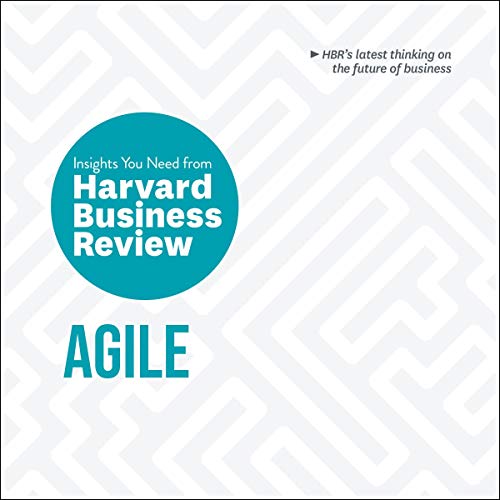What do you think?
Rate this book


Think agile is just for product and software development? Think again.
If you're a leader in an organization with agile teams, you might think you don't need to know the details as long as the work gets done. But agile is here to stay and is poised to move beyond IT and project management teams into other business units, even HR. If you’re still using top-down planning across your organization, your company will fall to competitors that are nimbler than you.
'AGILE' is an article which was written for (an part of) the 'Insights You Need from Harvard Business Review' series and will help you understand today's most essential thinking on the latest agile practices, so your company can develop offerings faster, react to fluctuations in the market, and ensure your strategy and people can adapt at a moment's notice.
Audible Audio
First published April 21, 2020